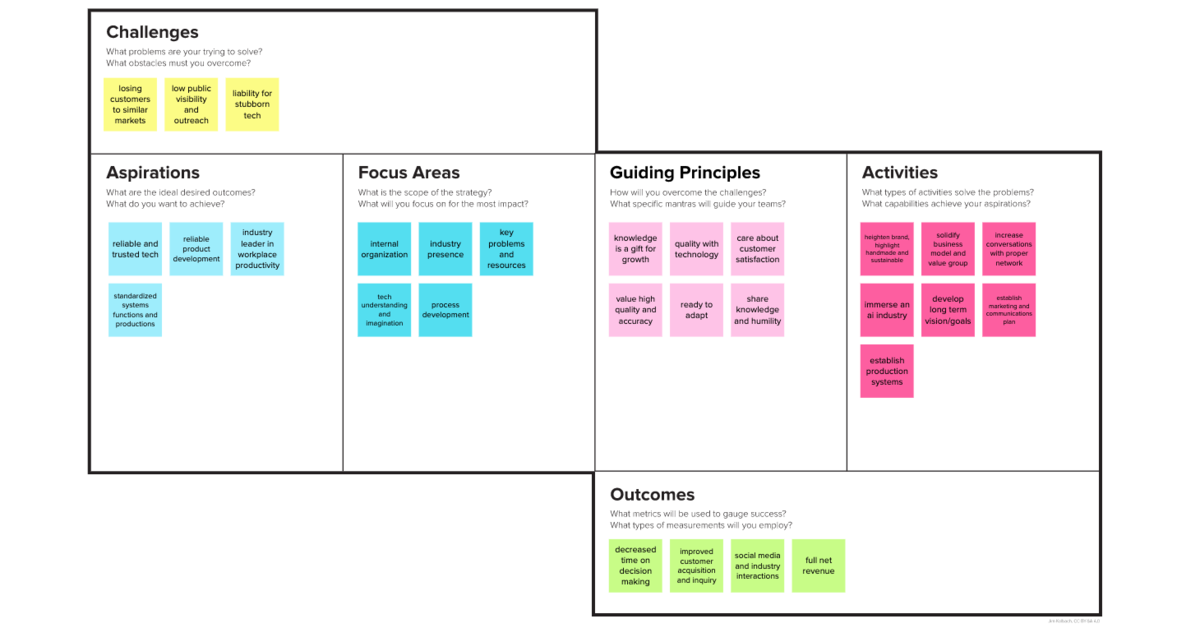
While this can be one of the more expensive option strategies, your profit potential is theoretically unlimited - without having to pick which direction shares will go. However, this translates into higher implied volatility in the options, which makes them more expensive. The strategy works best on highly volatile stocks or in volatile markets. This is because the profits from the put option would offset the loss in the stock. No matter how far the stock falls, the maximum loss you would sustain is $180 - the same as the straddle without actually owning the stock. But the straddle mentioned in the scenario above will be profitable by $120, limiting your loss to $180. The value of your stock would be worth $2,200 - a loss of $300. Let’s say the 100 shares you bought at $25 dropped to $22 by the expiration date. If you already own the underlying stock, a straddle will work to protect your investment as well as take advantage of opportunities. If the stock fell to $23, you would have lost $200 whereas the straddle would’ve been profitable by $20. But you were unsure of which direction it would go. Remember, you looked at the stock because you believed there would be a price movement. However, that’s only a 12% gain and you took on a lot more risk to achieve it. At $28, you would have made the same profit as above - $300 - but without subtracting the cost of the options. If you bought 100 shares at $25, you would have paid $2,500. Let’s compare it to having owned the stock instead. From a percentage standpoint, you would have made 67%. Subtract the cost of the straddle and you have a profit of $120. So, if the stock reaches $28 by expiration, your put will expire worthless. That means the stock must rise or fall by 7.2% by expiration in order to break even.
#Jim fink options strategy plus
To make a profit, the stock must move higher than $26.80 ($25 strike price plus the cost of the trade) or lower than $23.20 ($25 strike price minus cost of the trade). The maximum loss you could sustain with one contract is $180, which would happen if the stock expires at $25. So, your total outlay is $1.80 ($180 per contract). You purchase an at-the-money $25 call at $1 ($100 per contract, which controls 100 shares) and an at-the-money put for $0.80 ($80 per contract). You think it’s primed for a big move, but you’re not sure what the outcome will be. Say you are looking at a stock trading at $25. Let’s look at a hypothetical example to illustrate how an option straddle works. But your dollar risk is defined upfront, as you cannot lose more than you paid to initiate the trade. The risk is that the stock does not move far enough by expiration to make the trade profitable. This allows you to take advantage of strong price movements without worrying about which direction they go. To initiate an option straddle, you buy a call option and a put option at the same strike price and expiration date.
#Jim fink options strategy how to
How To Neutralize Volatility With A Straddle Option This can be done by using an option strategy called a straddle. Of course, you can remove the need to make a bullish or bearish choice. The same applies to drops in the market, which means that high-beta stocks could result in greater-than-average losses. A stock with a beta of 2 would increase by double to 2%. However, a stock with a beta of 1.5 would increase 50% more, rising 1.5%. A stock with a beta greater than 1 will, on average, react more strongly, whether positively or negatively, to market activity.įor example, if the S&P 500 rises by 1%, then a stock with a beta of 1 should rise by 1% as well. The key indicator to look for in these stocks is beta. Small and mid-cap stocks in relatively new industries like technology or green energy tend to trade with more volatility than the market as a whole.

Not all stocks react the same way to volatility. Investors can suffer greater losses, but they can reap higher-than-average gains as well. Volatility in the stock market isn’t necessarily a bad thing.


 0 kommentar(er)
0 kommentar(er)
